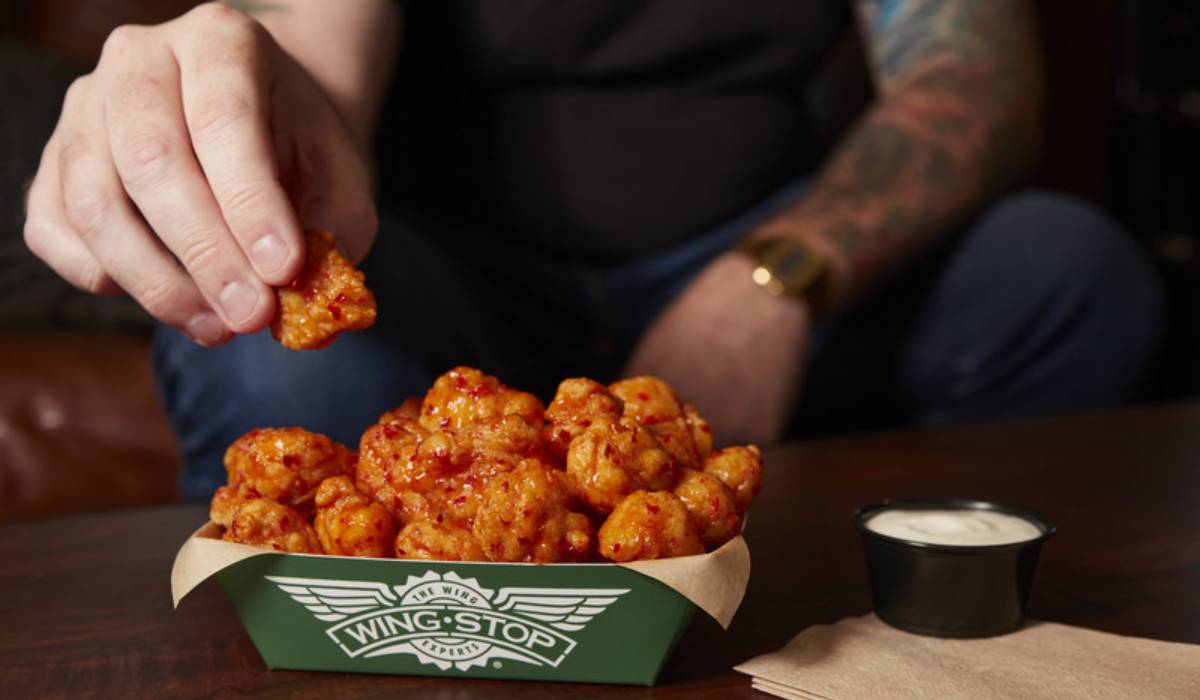It is no secret that eating both in and out have become costlier over the past two years thanks to ongoing pressures from higher fuel prices, transportation issues and a strained labor market. More specifically, eating at a quick-service restaurants—traditionally a “cheap” way to grab a bite—has shown record increases. The U.S. Department of Agriculture found that food-away-from-home prices are on the rise, increasing 6.9 percent over 2021 and predicted to continue growing between 5.5–6.5 percent in 2022. Examples include some of the best-known chains implementing significant increases as high as 10 percent.
Although prices were already on an uptick last year, fast food became a hotter commodity in 2021—especially with families. This was partly due to the most diners still wanting the “eating out experience” while also respecting safety protocols throughout the industry. What began as new procedures to help ensure guest health and safety—from contactless ordering and pick-up methods to expanded delivery and more purposeful apps—resulted in forever changed customer expectations towards eating options that improved convenience but also altered operations.
All of this has been accompanied by staff shortages and increased wages to try to retain current employees have resulting in a major impact to the wallets of the industry’s loyal diners.
So, what options are there for quick-serves seeking to limit price increases to their guests? Let’s explore.
Innovative Solutions, Optimal Results
Quick-service brands have developed a variety of approaches to minimize passing down inflation’s impact to their customers. It just required innovative and strategic thinking that never lost sight of the most critical ingredient—customer satisfaction.
Wingstop is a prime example of this. The quick-service giant wanted to keep its price increase to a more typical 1–2 percent in 2021. To meet these expectations, it found a more cost-effective solution that would change the wing-game forever by sourcing whole chickens instead of cut-up legs and breasts. It then took the less-used thigh pieces and developed a new, virtual brand for takeout and delivery only and coined the phrase “Thigh Stop.”
“The [wholesale] price of wings a year ago was as low as 98 cents [per pound],” Charlie Morrison, former chairman and CEO told CNN Business. “Today, it’s at $3.22. So, it’s a meaningful difference.”
Promoted as a digitally based brand, customers can only find products on the company’s website, food delivery services or phone orders to any participating Wingstop.
Restaurants have also begun to implement other cost-saving initiatives, like decreasing the number of items offered on their menus. This allowed many brands—especially those with extensive product listings—to focus more on best sellers that often connected to the brand’s legacy while simultaneously helping reduce the number of ingredients needed, thereby lowering costs. Additionally, labor costs are inevitably decreased due to the more focused nature of producing food and beverages.
Some chains maintained their typical offerings (i.e., same size/content of a combo) but included limited time offers, providing a similar taste/experience with a smaller serving size and price point. And further, other quick-serves reviewed their menus for high-cost ingredients and replaced them with a similar alternative, such as replacing higher priced produce.
The Choice is Yours
Evaluating other options to raising prices or sticking with that method is determined based on what works best for the brand and the customers guests. Whatever course is chosen, effectively communicating the parameters of said initiatives to both associates and customers will be critical to ensuring experience satisfaction.
Associate communication is an ongoing internal need, but explaining new, refocused and limited time only offerings to guests is a must along each path to purchase. Without clear and visible communication, it’s likely that guests may not realize the cost-friendly options at their disposal.
This can be done in a variety of ways including dedicated promo or messaging frames for print signage, digital screens for rotating messages that includes limited time or day part offers or brand history, through the brand’s app and more.
Keeping price increases to a minimum will help build trust and brand loyalty with your diners, but actively communicating these efforts will remind them every time they order.
Lise Wilson is a strategy architect with 25+ years of experience in consumer packaged goods, retail design, and shopper marketing. At Miller Zell, she focuses on the shopper journey and experience with a concentration on what shoppers need at every step in the process.










